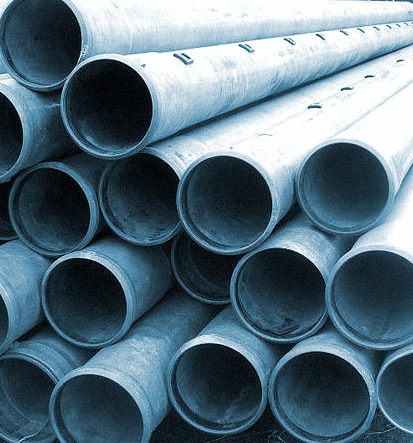Wastewater does well in SA

South Australian farmers operate in the driest state in the driest continent in the world, so they need to know which method works best for sustainable crop development.
New research from the University of South Australia shows that water quality and deficit irrigation schemes each have significant effects on crop development, yield and water productivity – with recycled wastewater achieving the best overall results.
Testing different water sources on greenhouse-grown tomatoes, recycled wastewater outperformed both groundwater, and a water mix of 50 per cent groundwater and 50 per cent recycled wastewater.
Researchers also confirmed that growers using deficit irrigation strategies (irrigation that limits watering in a controlled way) performs best at 80 per cent capacity, ensuring maximum water efficiency while maintaining excellent crop growth and yield levels.
“Deficit irrigation is a strategy commonly used by farmers to minimise water use while maximising crop productivity but finding the most effective balance for greenhouse-grown produce can be tricky,” says lead researcher Jeet Chand.
“In our research we tested optimum water deficit levels for greenhouse-grown tomatoes, showing that water at 80 per cent of field capacity is the superior choice for optimal tomato growth in the Northern Adelaide Plains.
“These results were enhanced by the use of recycled wastewater, which not only fares well for plants (by delivering additional nutrients) and for farmers (by reducing the need for fertilizer) but is also great for the environment.”
The Northern Adelaide Plains represents 90 per cent of tomato production in South Australia and contains the largest area of greenhouse coverage in the whole of Australia.
This study simulated tomato growing conditions in this region across the most popular growing season and over two years. It tested groundwater, recycled wastewater and a 50:50 mix of both, across four irrigation scenarios with soil moisture levels at 60, 70, 80 and 100 per cent of field capacity.
The highest growth levels were unsurprisingly achieved through 100 per cent field capacity, but mild water stress (80 per cent water capacity) delivered positive water efficiency without significant yield reduction.







 Print
Print